Wow! What an incredible trip that was! Last year (2025) we took an exciting Franconia tour in Bavaria and explored a whopping 15 different cities. Now you might be wondering why we visited so many cities and why the Franconia region of all places? We were, so to speak, the ambassadors for the major annual campaign “15 Franconian Cities,” which was organized by the Franconia Tourism Association.
The main goal was to explore and get to know the special features and characteristics of each city. In the following article, we’ll take you virtually on our tour again and briefly introduce you to the individual cities. You’ll find more detailed information in the linked blog posts. Enjoy browsing!
- Franconia Tour – Our Route
- 1. Coburg
- 2. Bamberg
- 3. Kulmbach
- 4. Bayreuth
- 5. Nuremberg
- 6. Fürth
- 7. Erlangen
- 8. Forchheim
- 9. Eichstätt
- 10. Ansbach
- 11. Dinkelsbühl
- 12. Rothenburg ob der Tauber
- 13. Aschaffenburg
- 14. Würzburg
- 15. Schweinfurt
- Conclusion of our tour through Franconia
Franconia Tour – Our Route
We didn’t complete our Franconia tour all at once, but in four stages. We spent a total of four weeks traveling in the region. Sometimes we stayed in one city for two nights, sometimes just one. In the end, this always had something to do with the distances. In general, however, we can say that you can spend at least two nights in any city, especially in the larger ones like Nuremberg, Rothenburg or Würzburg, where there is a lot to discover.
- Stage 1 – Coburg, Bamberg, Kulmbach and Bayreuth
- Stage 2 – Nuremberg, Fürth, Erlangen and Forchheim
- Stage 3 – Eichstätt, Ansbach, Dinkelsbühl and Rothenburg ob der Tauber
- Stage 4 – Aschaffenburg, Würzburg and Schweinfurt
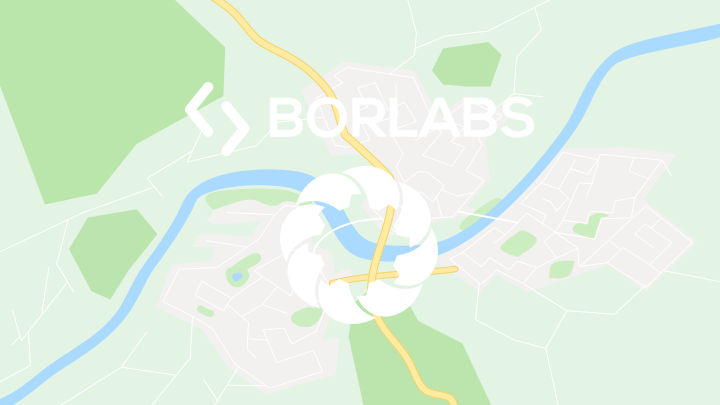
By loading the map you accept Google’s privacy policy.
Learn more
Load map
1. Coburg
Our exploration of the Franconia region began in the charming town of Coburg, which is located in northeastern Bavaria. This city has made a name for itself through its impressive variety of historic sights, the numerous palaces and castles in its surroundings, the delicious Franconian specialties, and the enchanting historic old town.
The region around Coburg is also characterized by a distinctive beer culture, reflected in several breweries. Coburg’s cozy restaurants and beer gardens offer the perfect opportunity to sample some of the typical Franconian beers and enjoy the unique flair of this historically significant city.
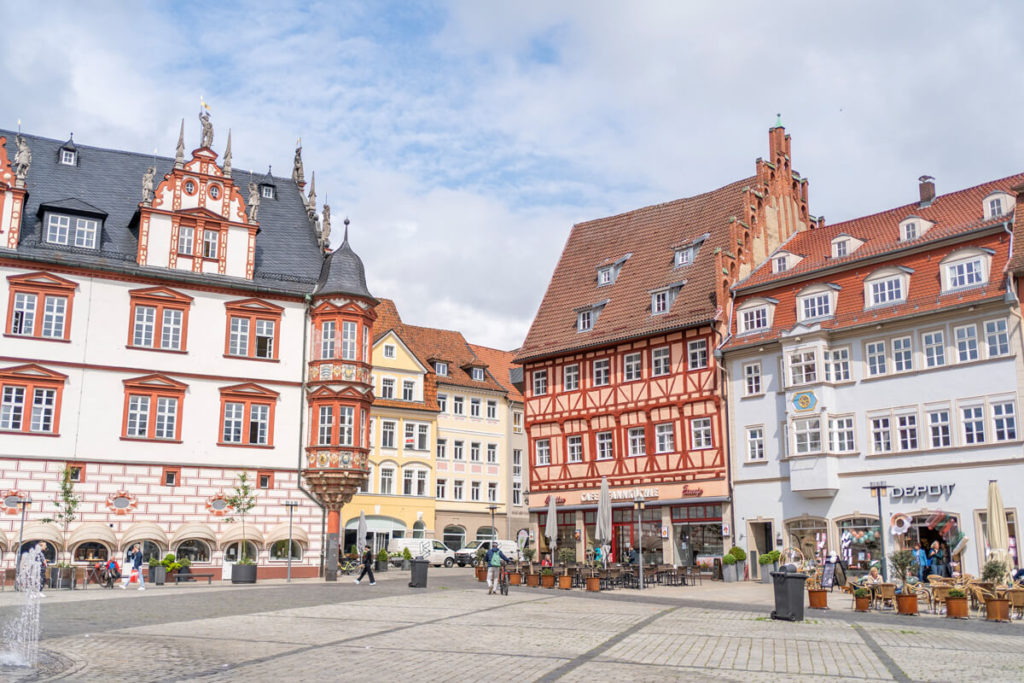
2. Bamberg
Our Franconian tour now took us further to the wonderful city of Bamberg, which we had the pleasure of getting to know several years ago. Bamberg reveals itself as a city with great diversity, ranging from its impressive architecture to its unique beer culture and lively festivals. These different facets make Bamberg a versatile travel destination.
Since 1993, the city has held the title of UNESCO World Heritage Site, thanks to its exceptionally well-preserved Old Town. This Old Town combines various architectural styles from nine centuries and underscores the city’s historical significance. Bamberg is a truly beautiful and cool city that you shouldn’t miss.
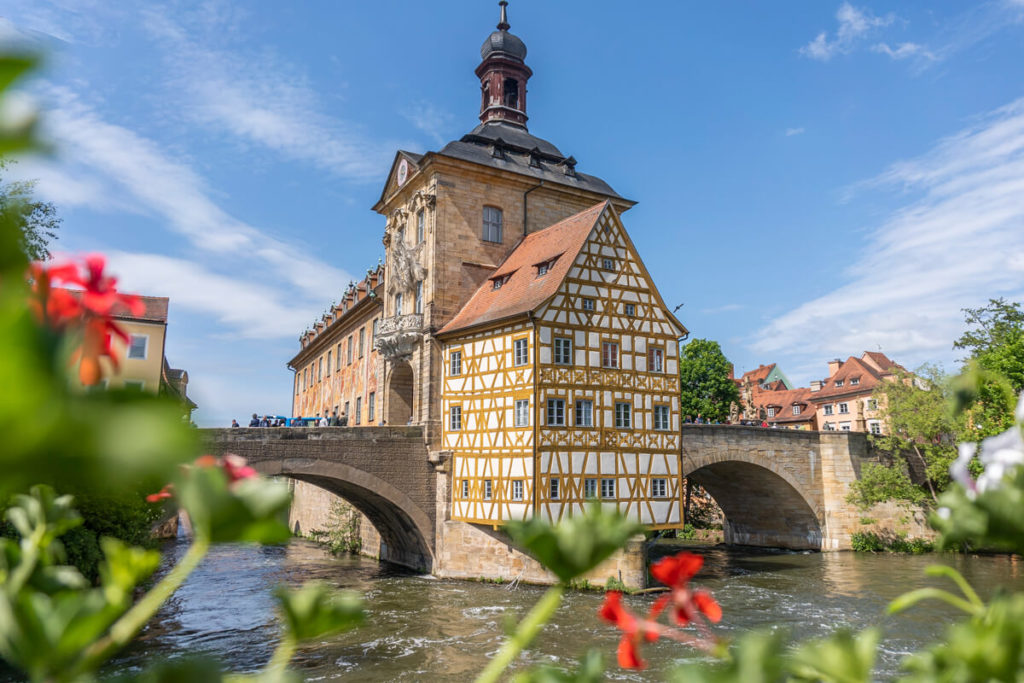
3. Kulmbach
After a fantastic time in Coburg and Bamberg, our journey through the Franconia region continued and led us to Kulmbach. This historic margrave town is located just 20 km north of Bayreuth and welcomed us with an impressive castle complex, an extremely charming old town full of pretty half-timbered houses and picturesque alleys, as well as culinary highlights and the typical Franconian atmosphere.
With only 27,000 inhabitants, Kulmbach is manageable and perfect for exploring. What we particularly appreciate about Kulmbach is its incredible serenity, coziness, and calm atmosphere. There aren’t countless sights waiting for you here, yet there’s still plenty to discover. For us, Kulmbach is one of the small, inconspicuous gems in the Franconia region.
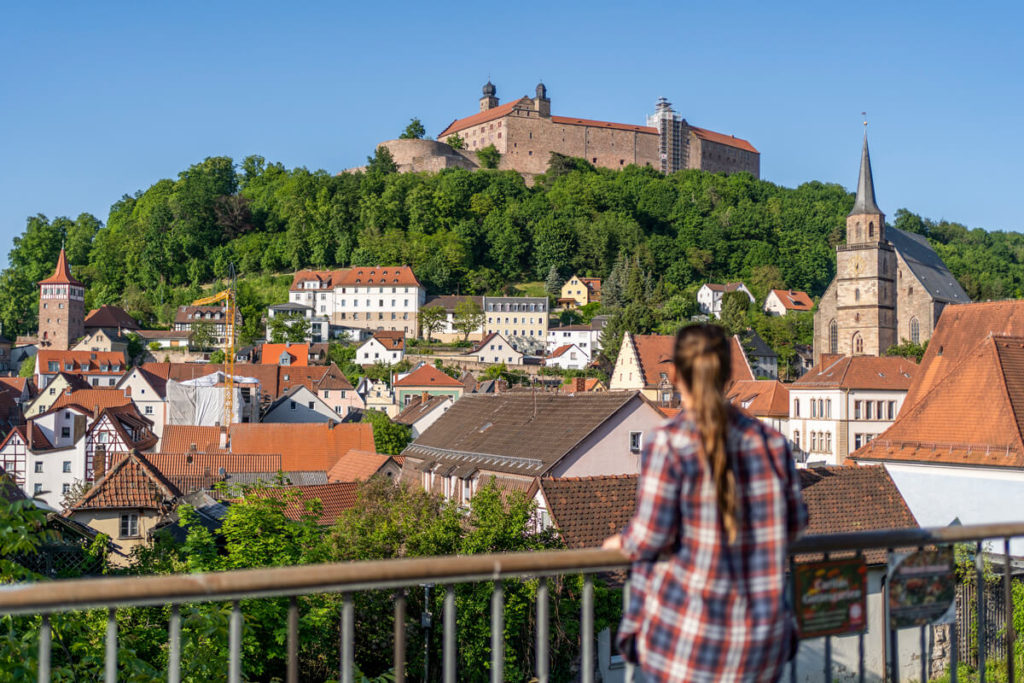
4. Bayreuth
Our tour through the Franconian region of Bavaria took us from Coburg and Bamberg to Bayreuth. The city is famous for the world-renowned Bayreuth Festival, which attracts music lovers from all over the world. But Bayreuth is not just a paradise for music lovers – art, theater, and literature also have their place here.
Bayreuth surprised us not only with its music and culture, but also with its fascinating sights. These include the Bayreuth Festival Hall, the impressive opera house, the charming old town, the baroque gardens of the Hermitage, and the captivating beer experience at Maisel & Friends.
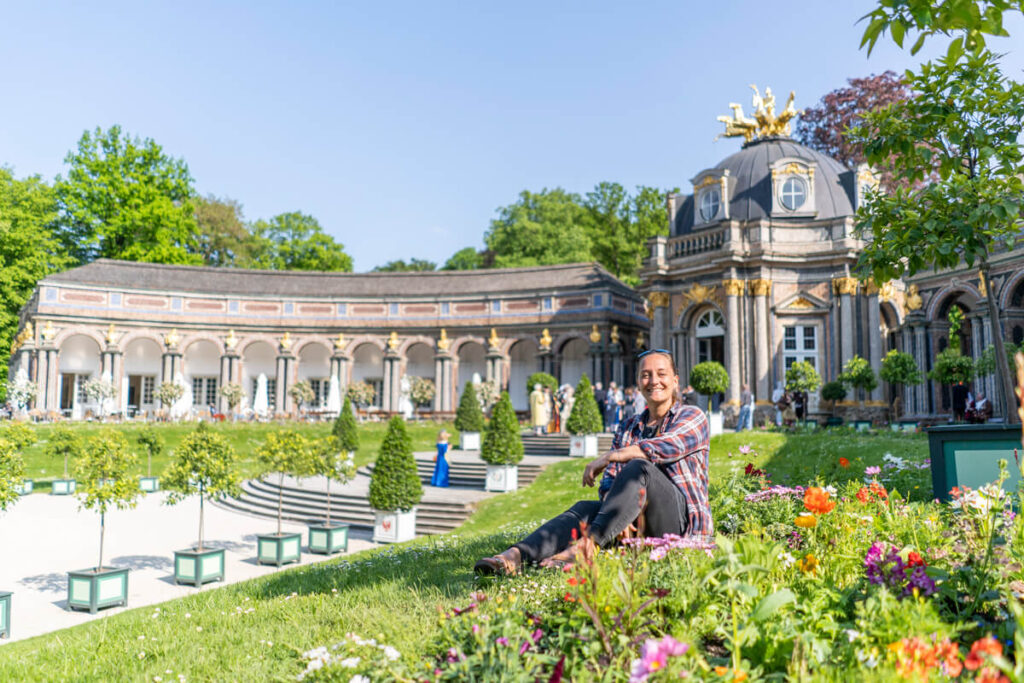
5. Nuremberg
We started the second leg of our Franconia tour in Nuremberg. This city is undoubtedly one of our favorites in the Franconia region. Not only are there numerous sights to see here, but also a vibrant cultural scene, first-class restaurants and cafés, a wide range of events, world-famous museums, and attractive nature excursions.
For us, Nuremberg offers the complete package when it comes to enjoying the “big city air” in Franconia for a few days. The list of Nuremberg sights, restaurants, and café scene is virtually endless, so you should plan enough time. We’ve been to the city several times and will definitely visit again!
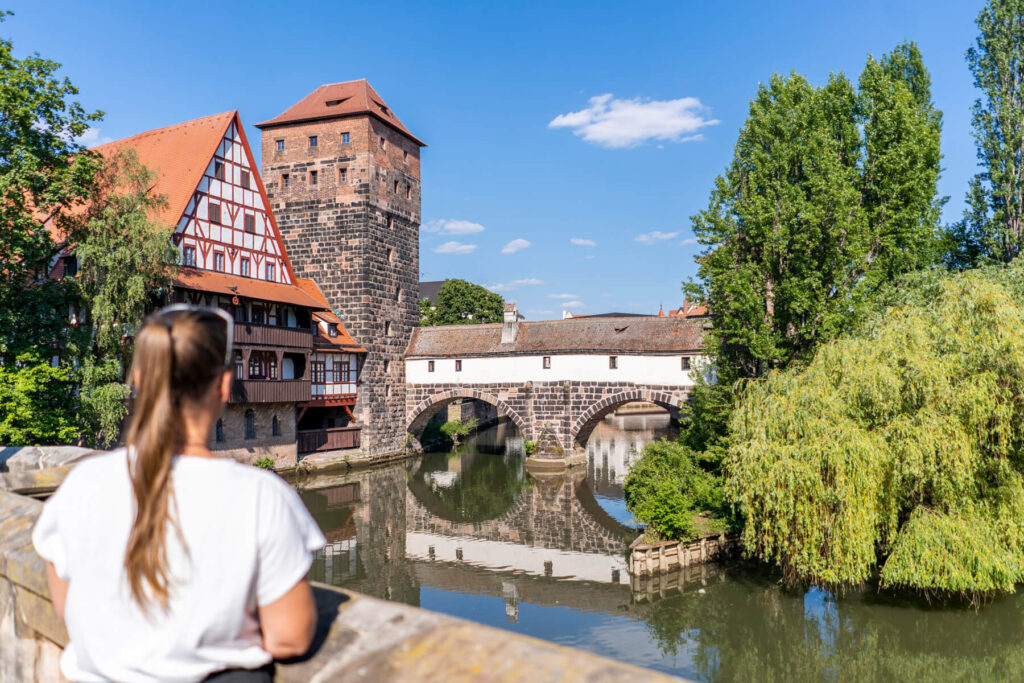
6. Fürth
After visiting Coburg, Bamberg, Bayreuth, Kulmbach, and Nuremberg, our journey through the Franconia region continued and led us to Fürth. The pretty streets, picturesque half-timbered houses, green oases, and diverse cultural scene make Fürth a worthwhile destination in Bavaria. Although Marco had already visited Fürth in the past to see a friend, he had never really explored the city.
Fortunately, as part of the Franconian cities’ summer campaign, we were able to explore Nuremberg’s neighboring city together. Although the so-called “Cloverleaf City” doesn’t boast countless sights, we still discovered many charming corners. Fürth surprised us quite a bit and particularly impressed us with its quiet, cozy, and relaxed atmosphere.
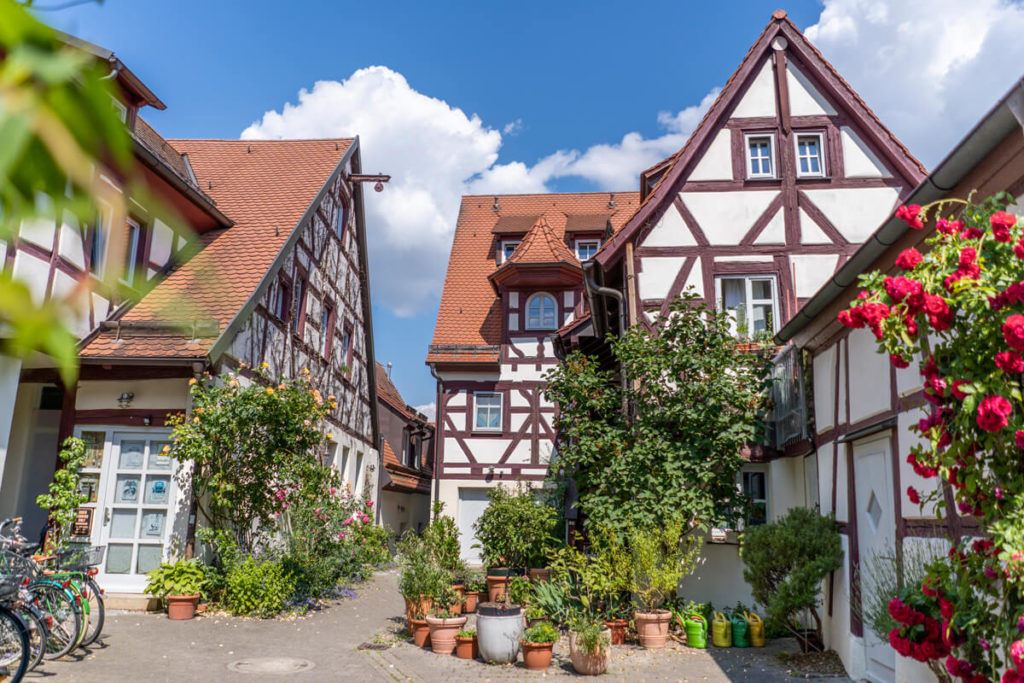
7. Erlangen
After a few days in Fürth and Nuremberg, Erlangen, as the last city in the triangle, was a must. From historic squares and green oases to small, owner-operated shops and traditional breweries, the city of 120,000 inhabitants has something to offer everyone. Armed with our cameras, we wandered through the city and visited some of Erlangen’s most beautiful sights.
Today, the city is best known for the renowned Friedrich-Alexander University, which attracts numerous international students and gives the city a youthful flair. The city also boasts a vibrant arts and cultural scene, with the renowned Margrave Theater, numerous galleries, and art exhibitions. The traditional folk festival, the Erlangen Bergkirchweih, attracted almost a million visitors in 2022.
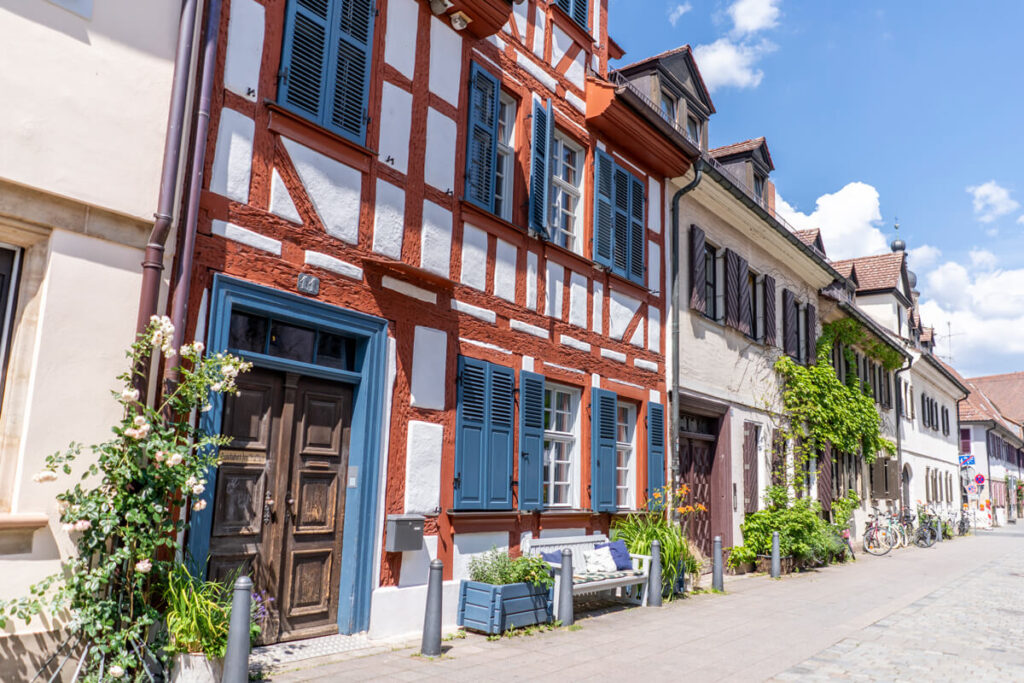
8. Forchheim
Welcome to Forchheim, the charming city between Erlangen and Bamberg in Upper Franconia. Here, we were greeted by picturesque old town streets, an abundance of half-timbered houses, green oases, idyllic natural highlights in the surrounding area, and rustic beer cellars in Forchheim’s Kellerwald forest. Although Forchheim has only around 33,000 inhabitants and may seem inconspicuous at first glance, a small Franconian gem lies hidden behind its facade. As one of Franconia’s oldest cities, Forchheim preserves its historical appearance from the Middle Ages to the Baroque period.
Forchheim is also the gateway to Franconian Switzerland, a beautiful region in Bavaria with rolling hills, deep valleys, and impressive rock formations. Franconian Switzerland is therefore a paradise for outdoor enthusiasts and nature lovers who enjoy hiking, climbing, or simply enjoying the idyllic atmosphere. The city is also known for its vibrant beer culture. The Annafest attracts over 500,000 visitors and offers plenty of beer, delicious food, and a varied live music program.
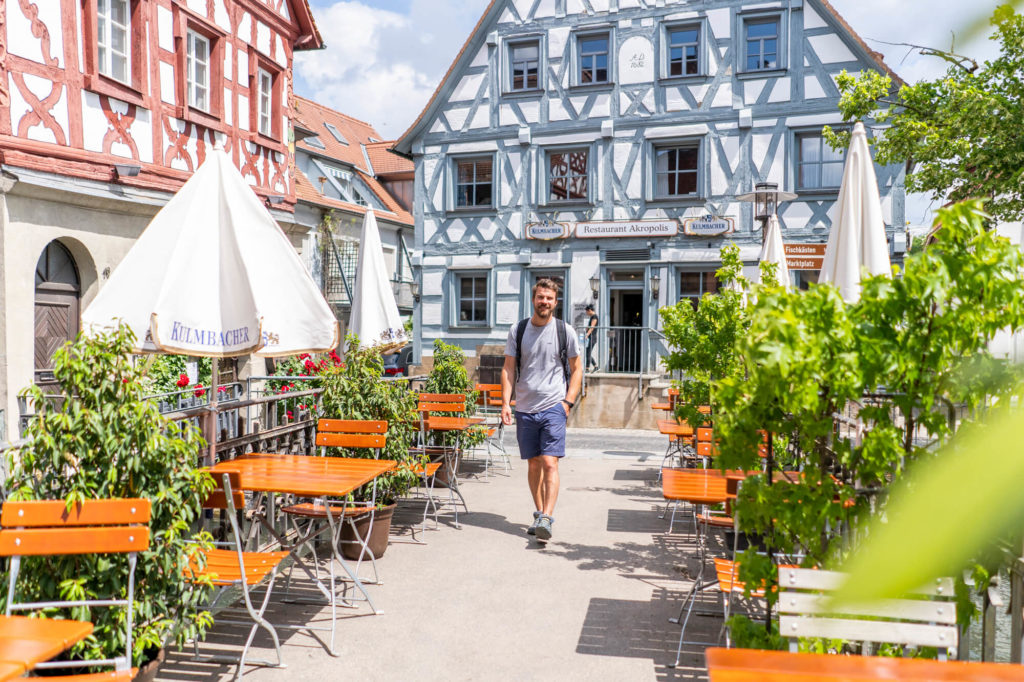
9. Eichstätt
During our round trip through Franconia, we primarily explored half-timbered towns such as Dinkelsbühl, Rothenburg ob der Tauber, Forchheim, Kulmbach, and Coburg. However, we gained an interesting insight into Eichstätt, a charming baroque, episcopal, and university town idyllically situated on the Altmühl River. Here, you won’t find typical half-timbered architecture, but rather a remarkable baroque backdrop with magnificent buildings and facades.
The small town of Eichstätt welcomed us not only with perfect summer weather, but also with some impressive sights, including the Willibaldsburg Castle, the Eichstätt Cathedral, and the historic market square. The town is home to approximately 14,000 residents and is located in the heart of the Altmühl Valley. Here, you can enjoy hikes, bike tours, climbing routes, or canoeing.
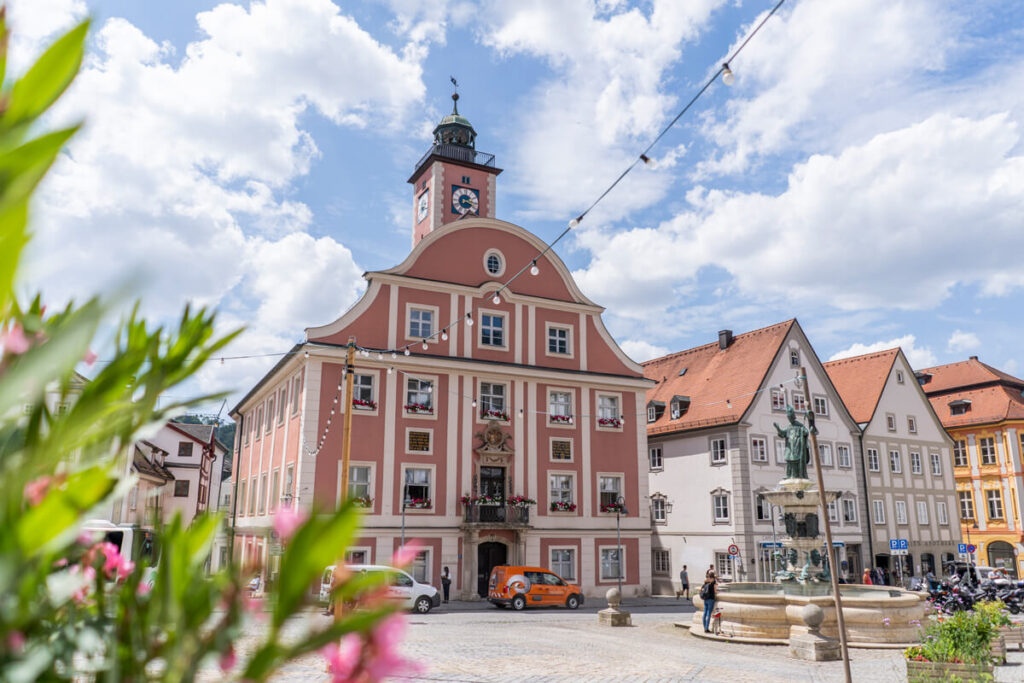
10. Ansbach
After our tour through Franconia, which took us to Coburg, Forchheim, Nuremberg, Fürth, Kulmbach, and Dinkelsbühl, among others, the margravial residence town of Ansbach was next on the agenda. With a history spanning over 1,200 years, this is also reflected in the diverse cityscape. In Ansbach, we were able to discover many different architectural styles. Overall, the city seemed to us like a small, inconspicuous treasure chest, gradually revealing its magic.
The city in Middle Franconia, with a population of approximately 42,000, surprised us with impressive architectural monuments and a fascinating mix of Rococo, Baroque, and medieval styles. Naturally, we also checked out several cafés, restaurants, and shops in the alleys of the historic old town. Be sure to check out our blog post, where you’ll learn everything about the city and its highlights.
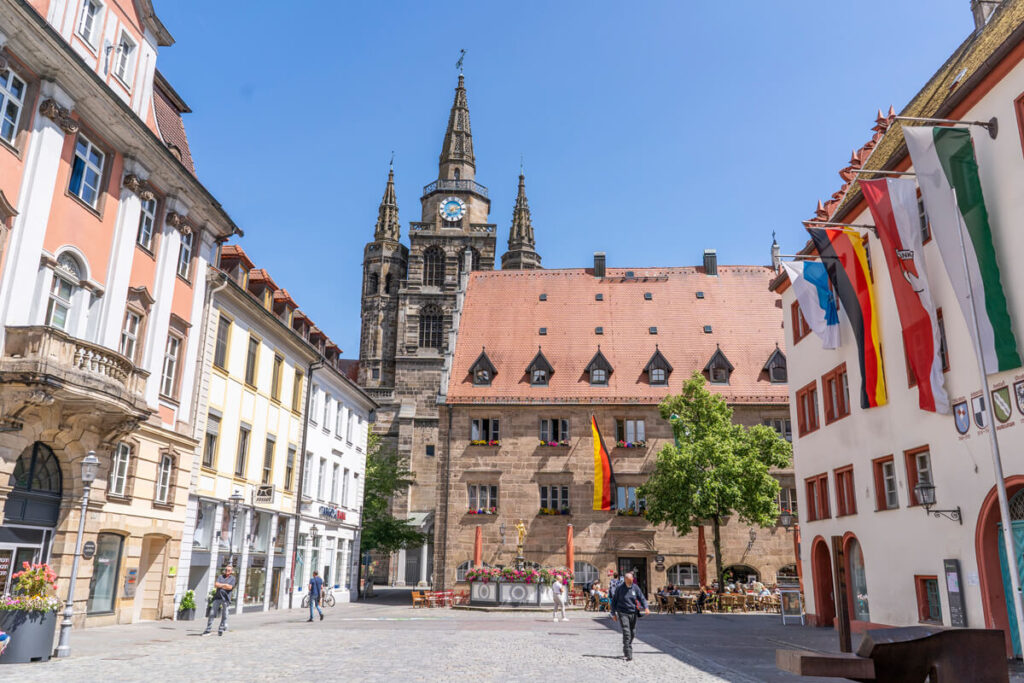
11. Dinkelsbühl
Dinkelsbühl is called “the most beautiful old town in Germany,” according to Focus Magazine, and our expectations were correspondingly high. Especially since we had already explored many cities in the Franconia region and seen everything from Baroque to half-timbered houses. So could Dinkelsbühl really top everything we’d experienced so far?
The town lies directly on the famous Romantic Road and impresses with a very well-preserved old town, numerous historic buildings, beautiful half-timbered houses, and a completely preserved city wall with 18 towers. In our blog post, we present Dinkelsbühl’s top sights and share our best tips for the town.
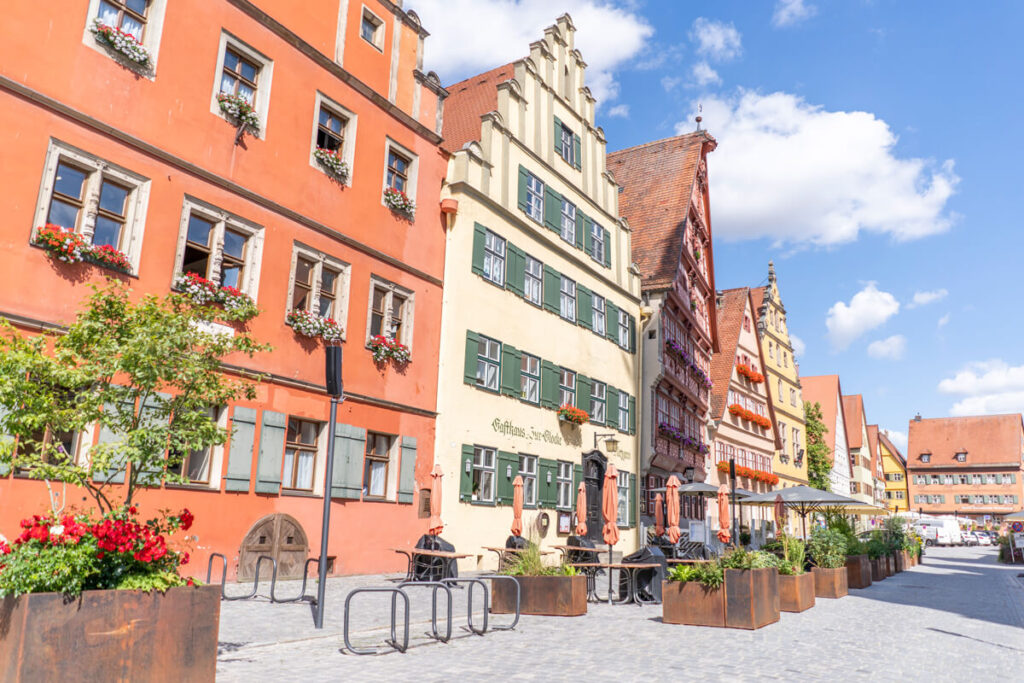
12. Rothenburg ob der Tauber
Rothenburg ob der Tauber is one of Germany’s most popular travel destinations abroad. Surprisingly, most Germans have never even visited this small town. Despite its excellent reputation, Rothenburg ob der Tauber enjoys a particularly strong medieval flair. Hardly any other city in Germany exudes so much charm from bygone times. The beautiful old town with its numerous towers, historic houses, winding alleys, gates, fountains, fortifications, and wine taverns is a must-see!
During our Franconia tour, we already had the opportunity to visit Rothenburg for the second time and gathered many new impressions. Rothenburg actively preserves its charm and uniqueness. In the historic center, you won’t find any hotel chains, fast-food chains, or large retail chains. Surprisingly, the area around Rothenburg is also incredibly green. We suggest spending at least 3 full days in the city.
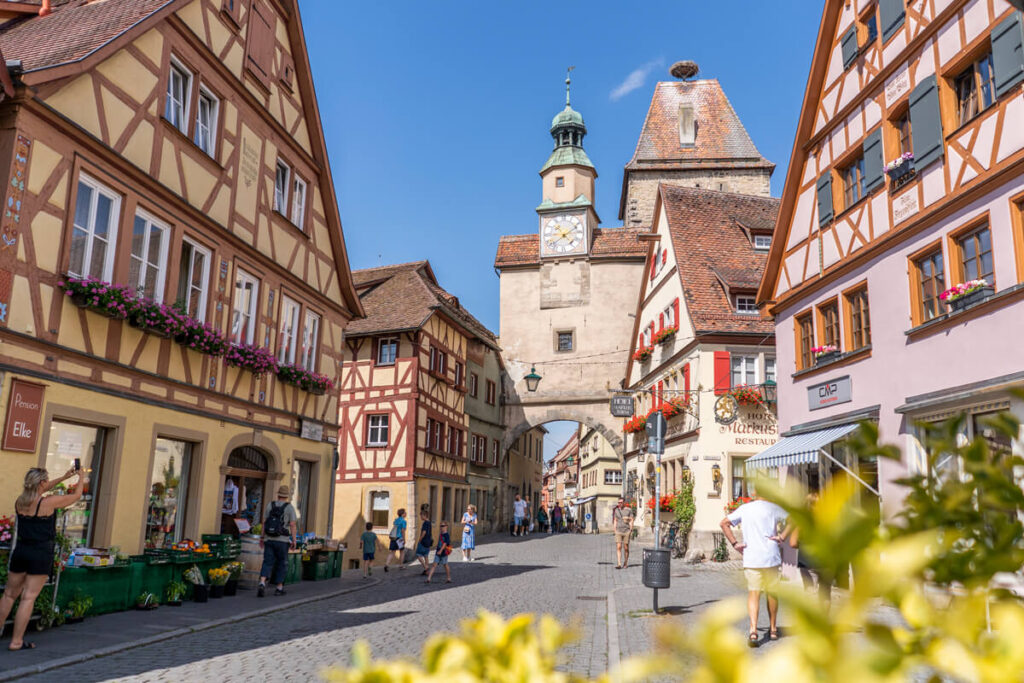
13. Aschaffenburg
Our extensive road trip through Franconia was slowly coming to an end. After visiting 12 cities, including Coburg, Bayreuth, Dinkelsbühl, Nuremberg, and Bamberg, our journey finally led us to Aschaffenburg. Situated on the Main River, the city welcomed us with charming alleys, cozy cafés and restaurants, and some impressive highlights that exuded a Mediterranean flair.
Even King Ludwig I of Bavaria recognized the advantages of Aschaffenburg’s southern flair and called it his “Bavarian Nice.” The Mediterranean influences that the city enjoys compared to other Bavarian towns contribute to this reputation. Aschaffenburg also lies on the edge of the Spessart Forest, one of the largest contiguous deciduous forests in Germany. So there’s a lot to discover!
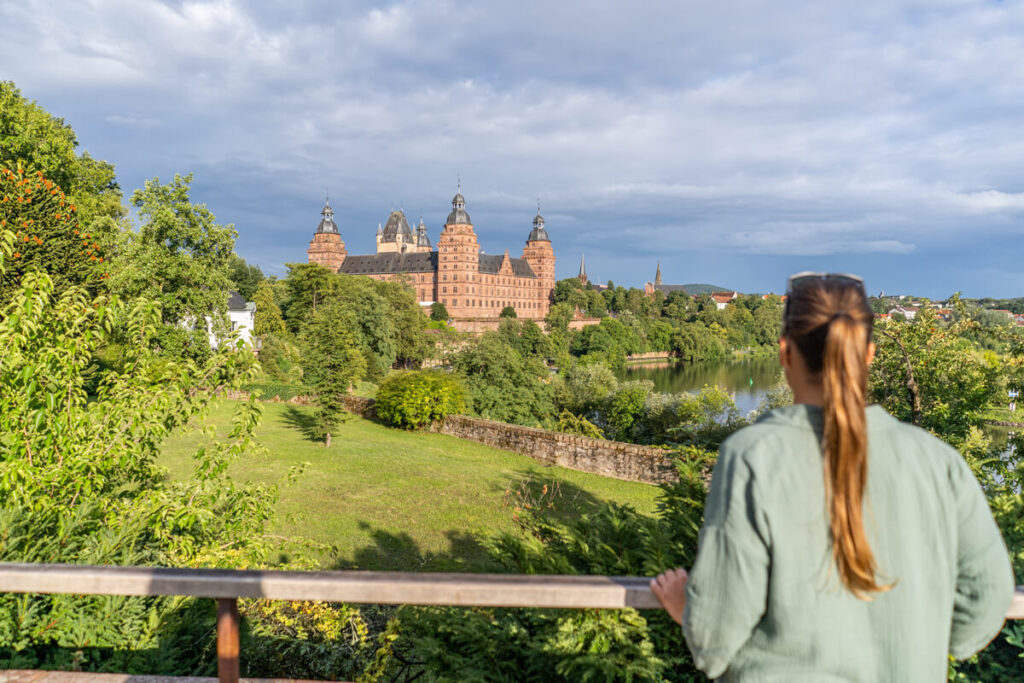
14. Würzburg
Würzburg was also a must on our extensive Franconia tour. After mainly visiting smaller towns like Eichstätt, Ansbach, Fürth, Kulmbach, Forchheim, and Dinkelsbühl, we were now looking forward to the small “metropolis” in Lower Franconia. With approximately 128,000 inhabitants, Würzburg is the second-largest city in Franconia after Nuremberg, closely followed by Fürth and Erlangen. What immediately struck us when we arrived: Würzburg is very different from the typical half-timbered towns we had visited so far.
In this cool city on the Main River, tradition blends with modernity. The idyllic landscape is also characterized by rolling vineyards and historic buildings. Würzburg also boasts many cool cafés, restaurants, and shops. In the following article, we present some of the sights in Würzburg and reveal what you absolutely shouldn’t miss. Enjoy exploring!
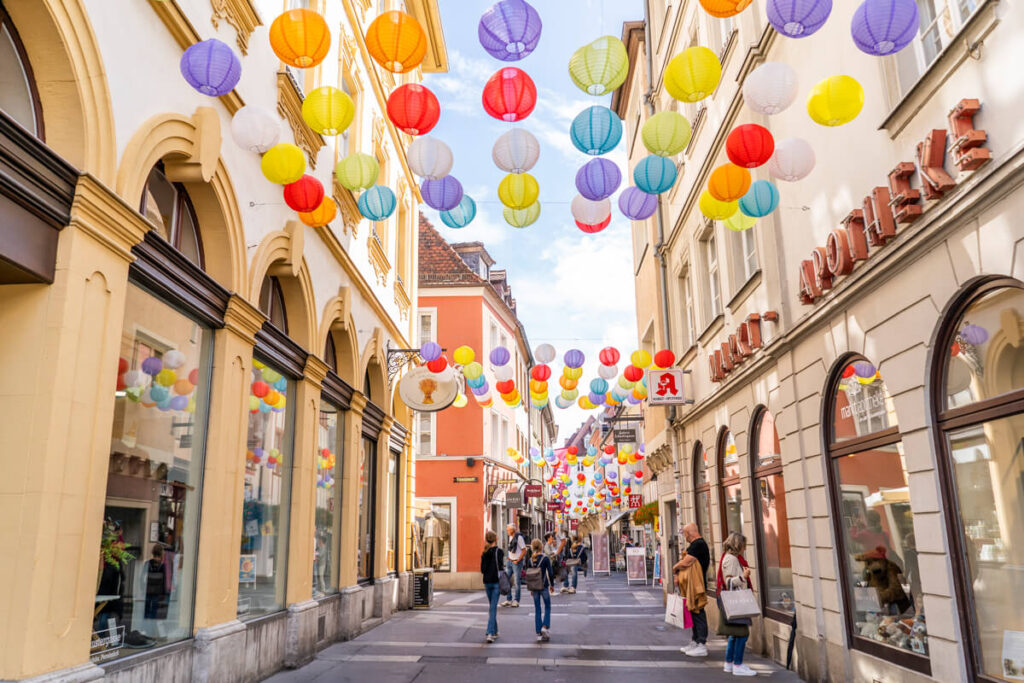
15. Schweinfurt
After we had already explored 14 cities in the Franconia region, it was now the turn of the last city on our tour through Franconia. Our visit to the somewhat underrated Schweinfurt brought with it quite a few surprises. Unlike cities that boast impressive churches, palaces, castles, or outstanding sights, Schweinfurt’s charms only reveal themselves upon closer inspection. Here, art, culture, and culinary delights are the main focus.
In the art gallery, for example, we had the opportunity to spray our first graffiti, met interesting locals and their trendy shops, sampled whiskey, wine, and coffee, discovered new favorite works at the Georg Schäfer Museum, and rounded off the evening in a truly cool beach bar. We would like to thank Schweinfurt for this small but magnificent “Grande Finale” and can only recommend everyone to stop by.
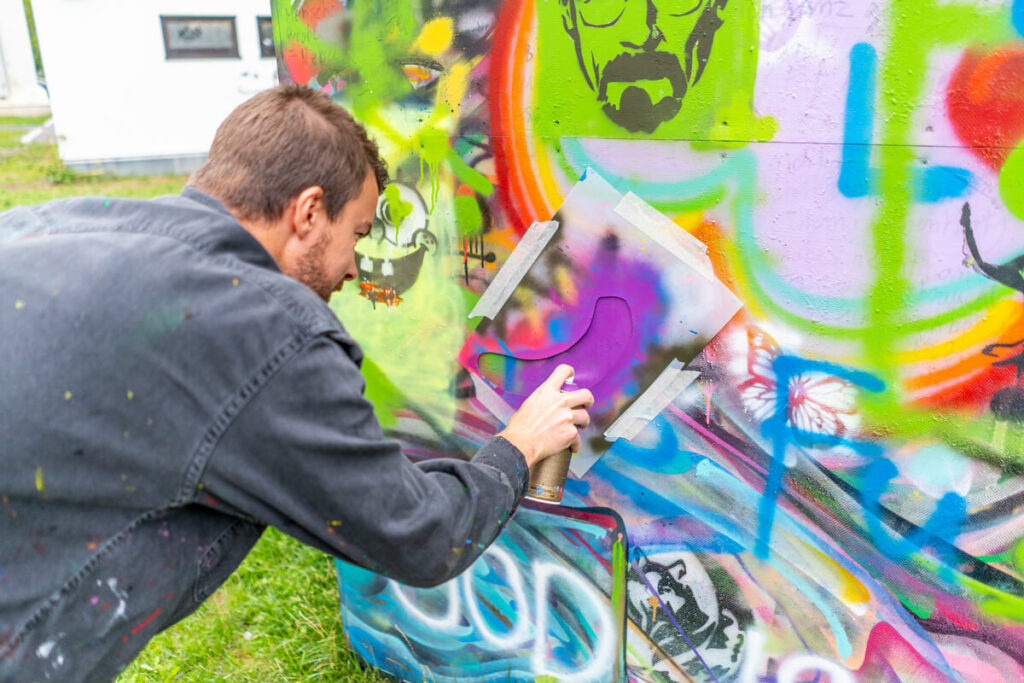
Conclusion of our round trip through Franconia
Our round trip through the Franconia region was a fascinating journey of discovery through 15 diverse cities, from picturesque half-timbered towns to urban metropolises. Each place revealed its unique charm and appeal, be it through historic buildings, idyllic landscapes, or vibrant city life. For us, it was an incredibly intense and exciting trip with countless great highlights. If you’re ever in the region, stop by one of these 15 cities. We hope you enjoy exploring!